Focus
Your Present Location: HOME> Focus-
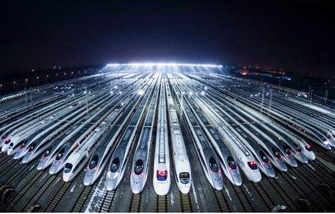
Reform, opening-up create new wonders in human history
With the first pile driven into the foundation in Shanghai, Baosteel broke ground on Dec. 23, 1978, just one day after the Communist Party of China (CPC) closed its epoch-making meeting that ushered in the era of reform and opening-up.
2018-12-18 -
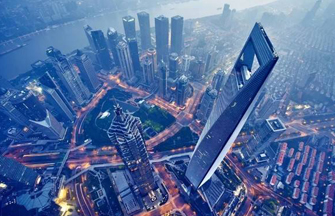
China’s development model belongs to the world
As globalization goes deeper, economic and trade ties between China and most other countries in the world have seen rapid growth. In this new era of high interconnectivity and win-win cooperation, China has learned from the development experience of countries worldwide with a humble attitude and honest diligence to form its unique "socialism with Chinese characteristics" development model. In this process, China borrowed experience from the world's most developed countries and set foot on a development path that was suited to its own situation. This model has powered the economic take-off and soaring growth of China.
2018-12-18 -
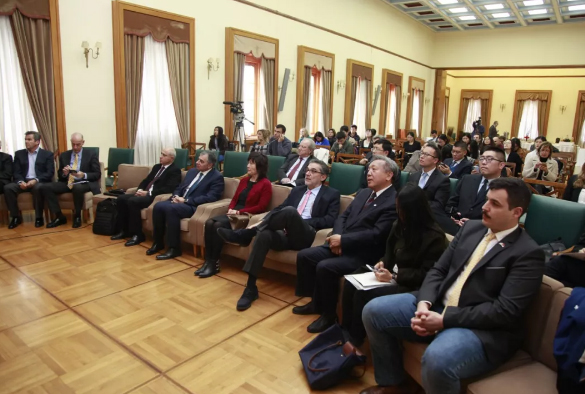
George Atsalakis: Silk Road rises again to reignite past glory
From East to West the Silk Road is rising up once more. It traverses countries between China and the Mediterranean. These lands have always been of pivotal importance in global history in one way or another linking East and West, serving as a melting pot where ideas, customs and languages have jostled with each other from antiquity to modern day.
2018-12-14 -
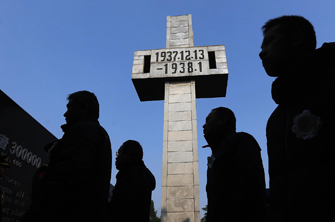
Nanjing Massacre Memorial Day: The importance of commemorating the tragedy
December 13 marks Nanjing Massacre Memorial Day. It has been 81 years since the tragedy happened. Though there are fewer and fewer witnesses who are able to take part in the commemoration as time goes by, discussions about this tragedy shall never stop.
2018-12-14 -
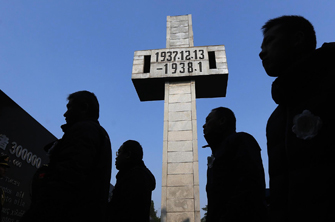
Nanjing Massacre Memorial Day: The importance of commemorating the tragedy
December 13 marks Nanjing Massacre Memorial Day. It has been 81 years since the tragedy happened. Though there are fewer and fewer witnesses who are able to take part in the commemoration as time goes by, discussions about this tragedy shall never stop.
2018-12-14 -
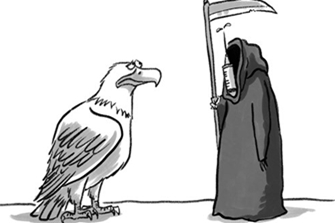
Ding Gang: High tolerance leads to fentanyl abuse in US
The US and China decided to control the opioid fentanyl in an agreement reached in Argentina couple of days ago. President Xi Jinping has agreed to designate fentanyl as a controlled substance "in a wonderful humanitarian gesture," meaning that people smuggling it into the US will be subject to "China's maximum penalty under the law."
2018-12-13 -
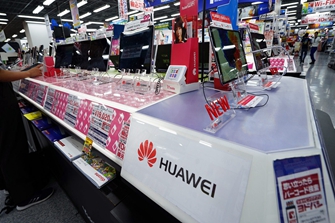
Guan Zhaoyu: Japan shouldn't say no to Huawei
On Monday, Japan decided to exclude Chinese telecoms giants Huawei Technologies and ZTE from the government procurement list. Since the Donald Trump administration signed the National Defense Authorization Act in August this year banning the U.S. government and contractors from using Huawei technology, there had been rumors that Japan would follow suit.
2018-12-13 -
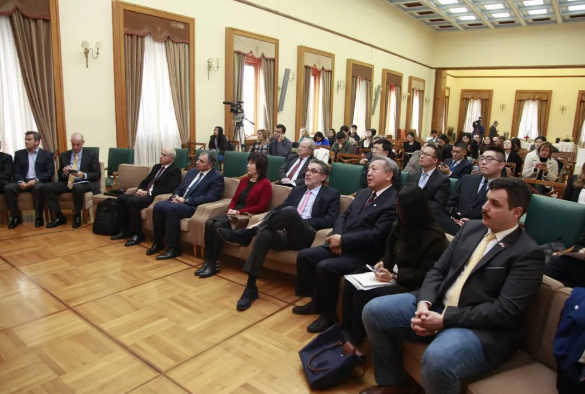
China, Greece voice confidence in prospects of cooperation under B&R Initiative
Greek businessmen and Chinese scholars voiced confidence in the prospects of Sino-Greek cooperation in the context of the Belt and Road Initiative during a forum held on Monday at Piraeus port, Greece's largest harbor which in recent years has become a strong symbol of win-win bilateral cooperation between the two countries.
2018-12-12 -
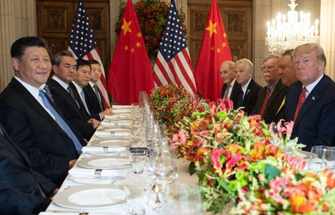
Wang Wen: China’s contribution to G20 Buenos Aires Summit
It is undeniable that China has made great achievements and contribution to the 2019 G20 leader’s summit in Buenos Aires, Argentina. The most important one is the successful meeting between the Chinese and US leaders, which has attracted much attention, and the two sides reached a consensus to stop imposing new tariffs. It shows that the decision makers of the two countries are solving this problem in a rational and objective way.
2018-12-12 -
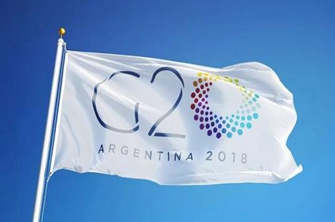
Jia Jinjing: Working together so everyone wins
From November 30 to December 1, the 13th summit of the Group of 20 (G20) was held in Buenos Aires, capital of Argentina. The event took place at a crucial moment for the G20 nations to steer the world economy and improve global governance. In his speech at the first session of the summit, Chinese President Xi Jinping noted that “over the past decade, we have braced difficulties together, navigated the global economy out of recession and brought it back to the track of recovery and growth. Ten years later, let us work with the same courage and strategic vision and ensure that the global economy grows on the right track.”
2018-12-10 -
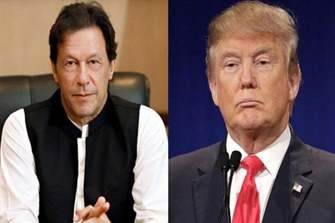
Zhou Rong: Trump U-turn on Pakistan reflects failure of US Afghanistan policy
A letter from US President Donald Trump to Pakistan Prime Minister Imran Khan sent shock waves around the world. First Trump expressed irritation with Pakistan on Twitter. Then a few days later, he spared no efforts in praising Islamabad's role in regional security. What brought about this U-turn in attitude?
2018-12-07 -
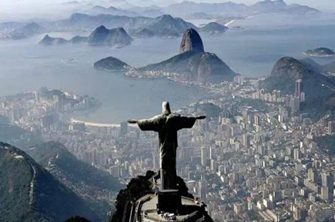
Ding Gang: Lessons of Brazil not applicable to China
The New York Times has recently been bringing out a series of articles about China. The latest commentary by Bret Stephens has a striking headline - "The Real China Challenge: Managing Its Decline." This seemingly analytical article uses Brazil as a comparison to China, which exposes the writer's shocking ignorance about Chinese people's culture.
2018-12-06 -
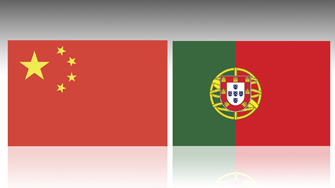
New Age of Sail for Portugal: BRI and Sino-Portuguese cooperation
The 40th anniversary of the establishment of China-Portugal diplomatic relations next year will be an important moment for further and broader cooperation between the two countries.
2018-12-05 -

Wang Peng: Climate change and the G20
Climate change has become a common challenge for mankind. G20 member countries, who account for more than 85 percent of global GDP and 75 percent of greenhouse gas emissions, have the responsibility to make a greater contribution on this issue.
2018-12-04 -
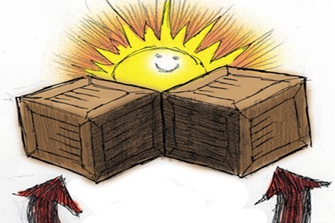
Zhao Minghao: China-US trade truce set to benefit world
Chinese President Xi Jinping and his US counterpart Donald Trump's meeting in Argentina on Saturday yielded results that boosted the confidence of both countries and the world. The US agreed to hold off on raising tariffs on $200 billion of Chinese goods to 25 percent and the two countries decided to start a new round of negotiations in the next three months. The meeting has prevented bilateral relations from going into a nosedive, showing how rewarding diplomacy between heads of state can be.
2018-12-04 -
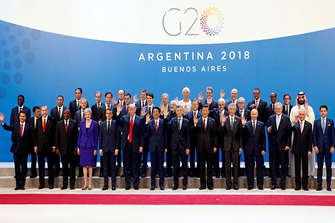
Xi's G20 speech sheds new lights on future global governance
Perhaps all eyes are looking at the 13th summit of the Group of 20 (G20) in Buenos Aires, where world economies are discussing the future of the global development, not to mention there will also be a high-stakes meeting between Chinese President Xi Jinping and his U.S. counterpart Donald Trump, as well as the signing of the U.S.-Mexico-Canada Agreement (USMCA).
2018-12-03 -
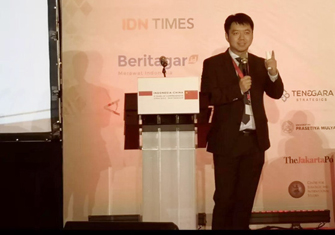
Wang Wen: Indonesia’s potential can be harnessed with China help
My arrival in Jakarta on November 26 was not smooth with two aborted landings and a diversion to Surabuya 600 kilometers away due to heavy rain. When the weather improved, I was flown back to the Indonesian capital. A friend joked, "You earned. One ticket, three flights." So there can be several ways of looking at something. The same is true of relations between China and Indonesia.
2018-11-30 -
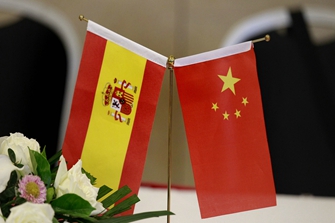
Wang Peng: When Confucius and Cervantes shake hands
Chinese President Xi Jinping arrived in Spain on Tuesday for a three-day state visit, which aims to hail ties between these two countries and maintain their “best period in history” as President Xi made the remarks during a meeting with Spanish King Felipe VI.
2018-11-29 -
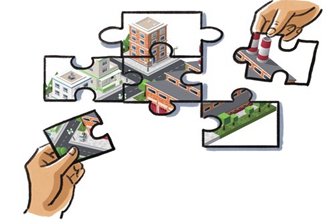
Ding Gang: Trade war is about reshaping industrial chain
The trade war launched by the US has exposed China's weak link. It has lacked the advanced technology to help gain a firm foothold at the high-end of the global industrial chain, and more importantly it doesn't have the capacity to shape the chain.
2018-11-29 -
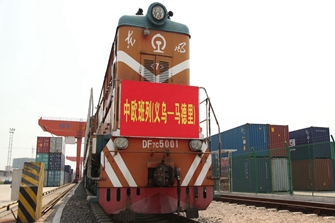
Guan Zhaoyu: What do achievements of Sino-Spanish trade ties mean?
This year marks the 45th anniversary of the establishment of diplomatic relations between China and Spain.
In the past 45 years, the two countries have worked together to promote practical cooperation in politics, economy, culture and people-to-people exchanges.2018-11-28







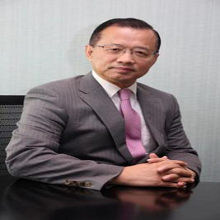

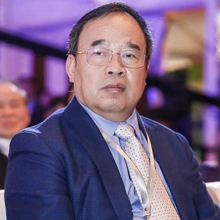


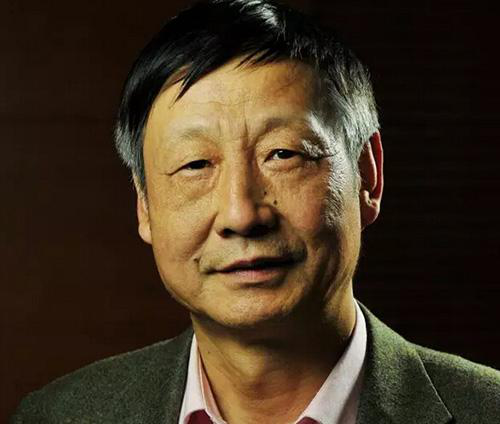
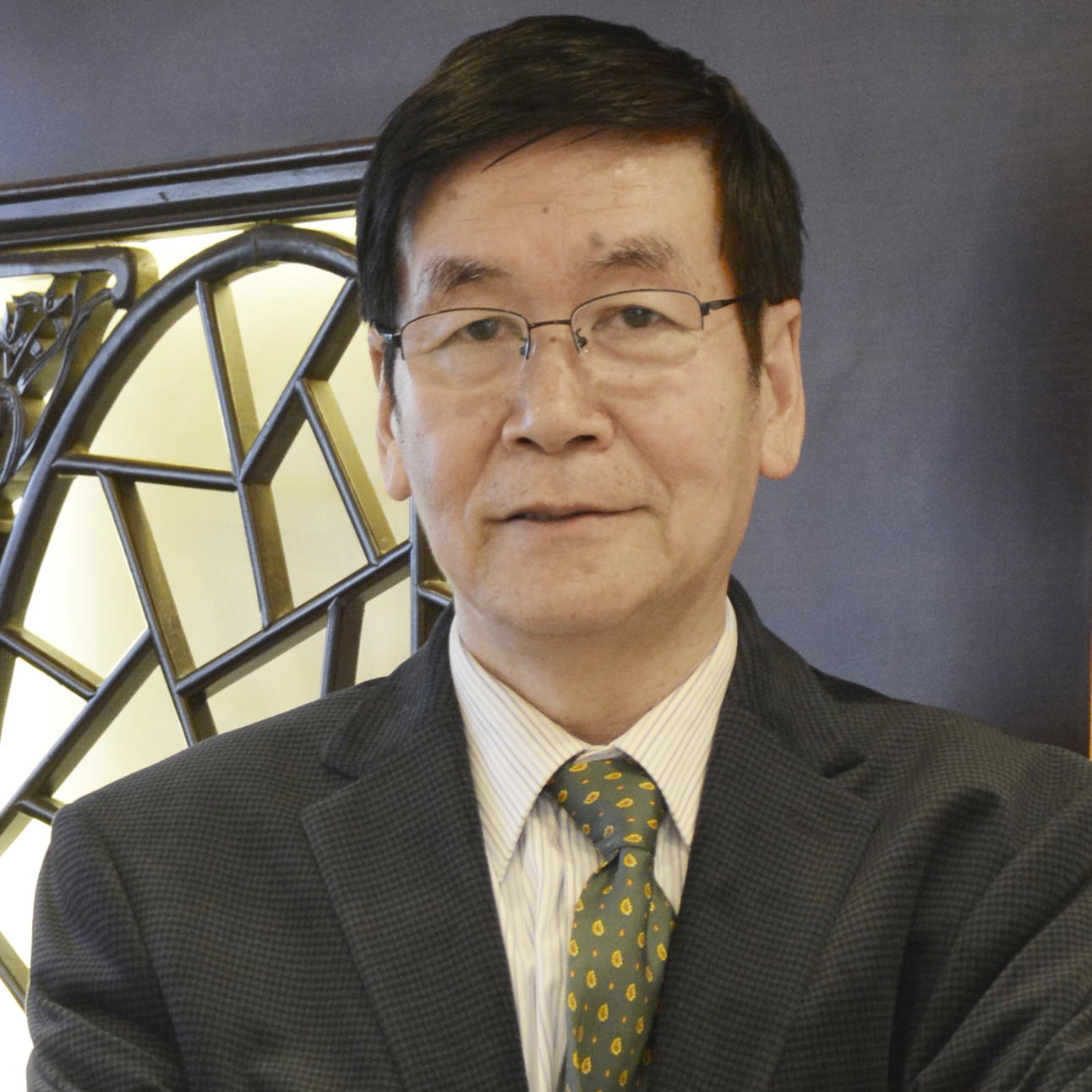
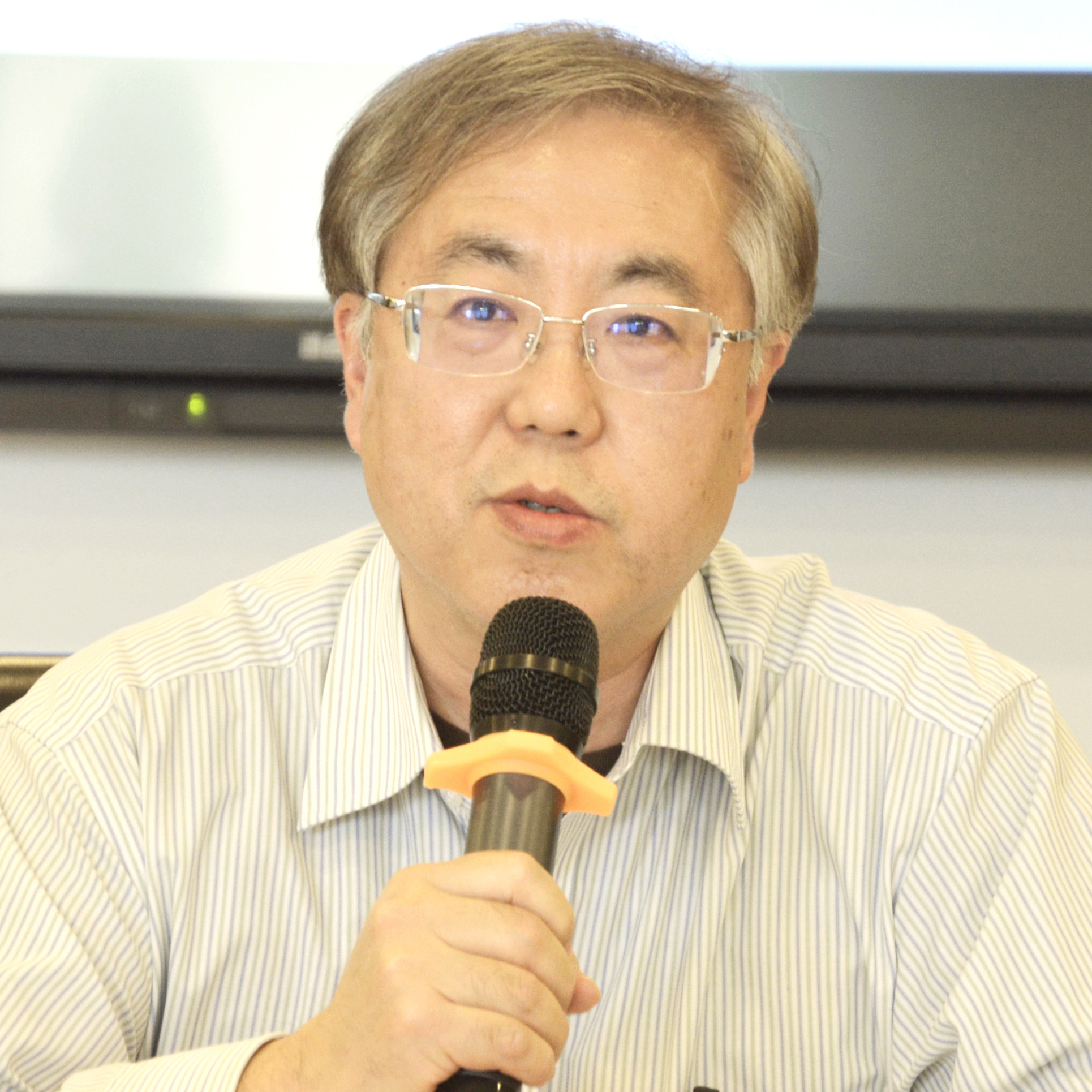

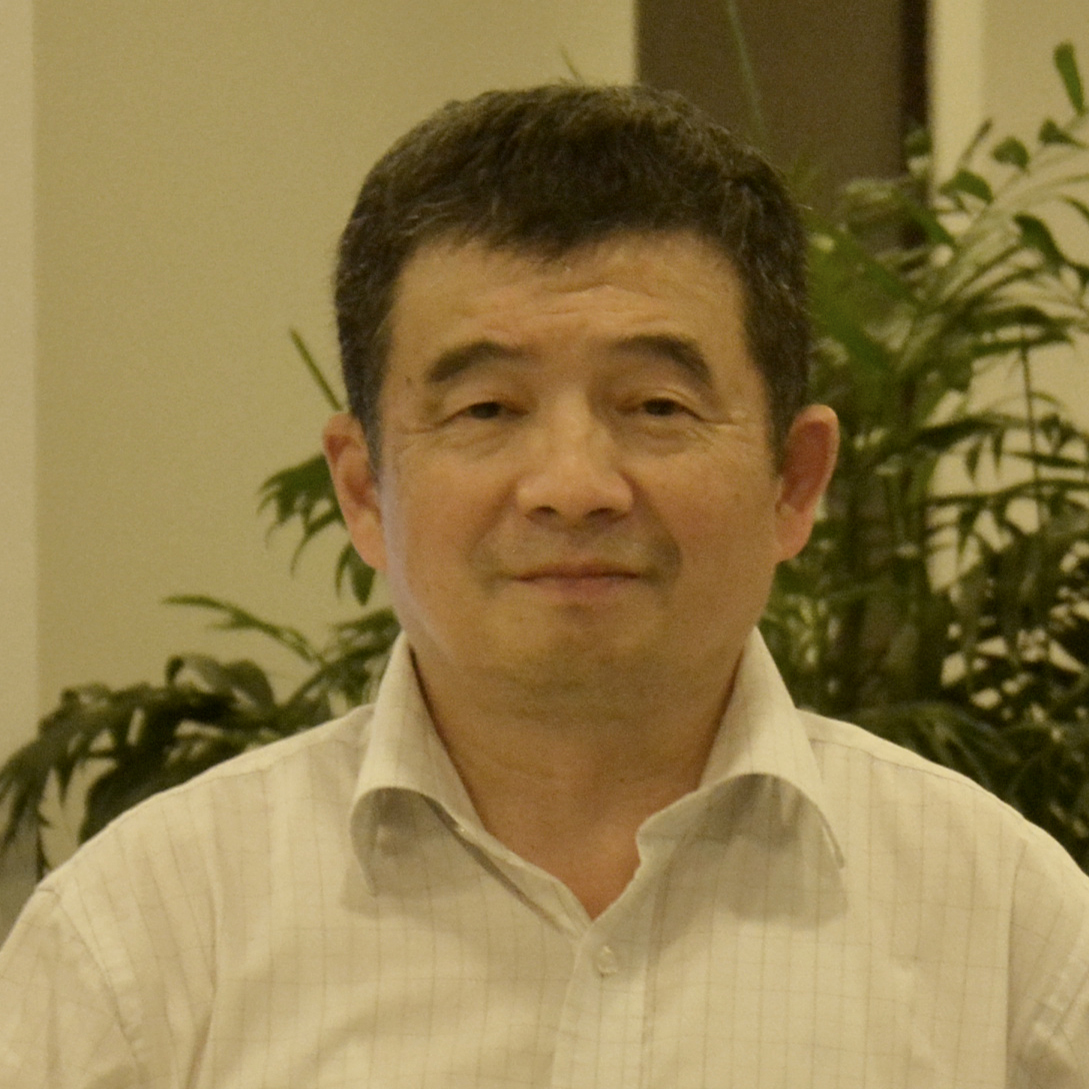


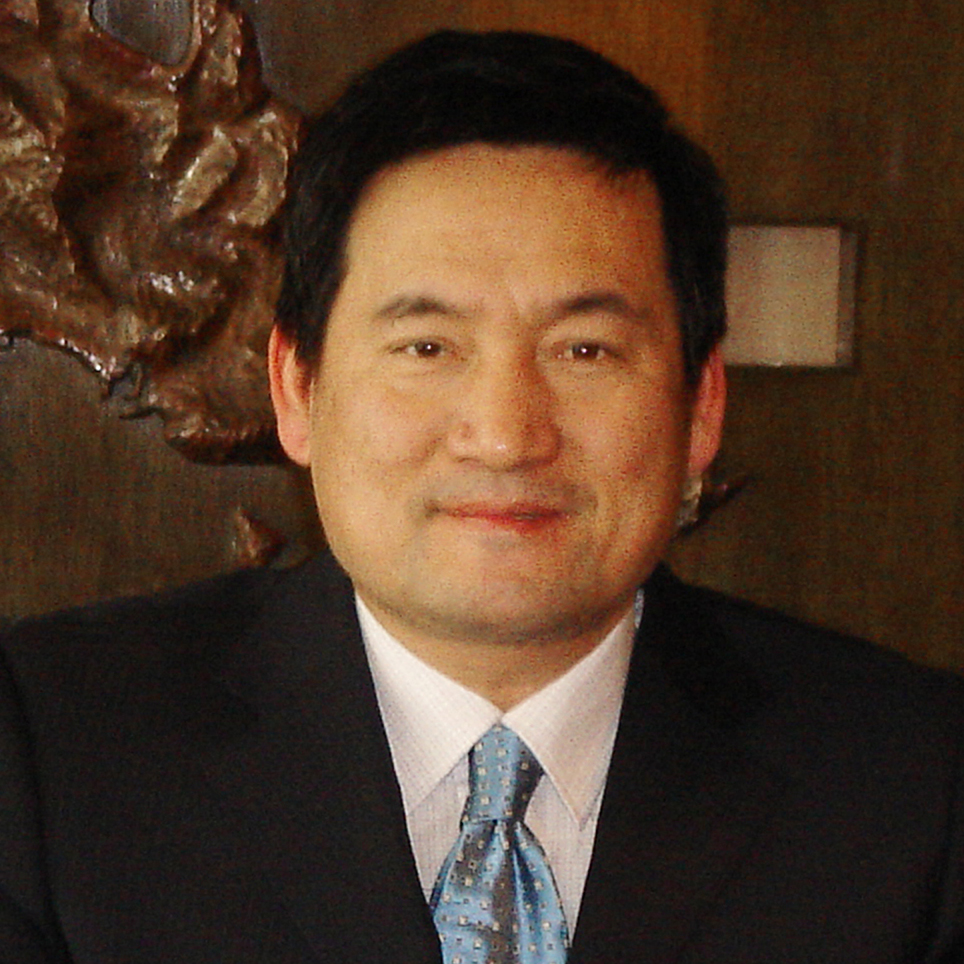






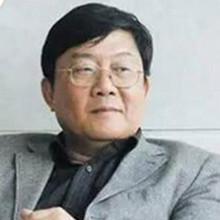

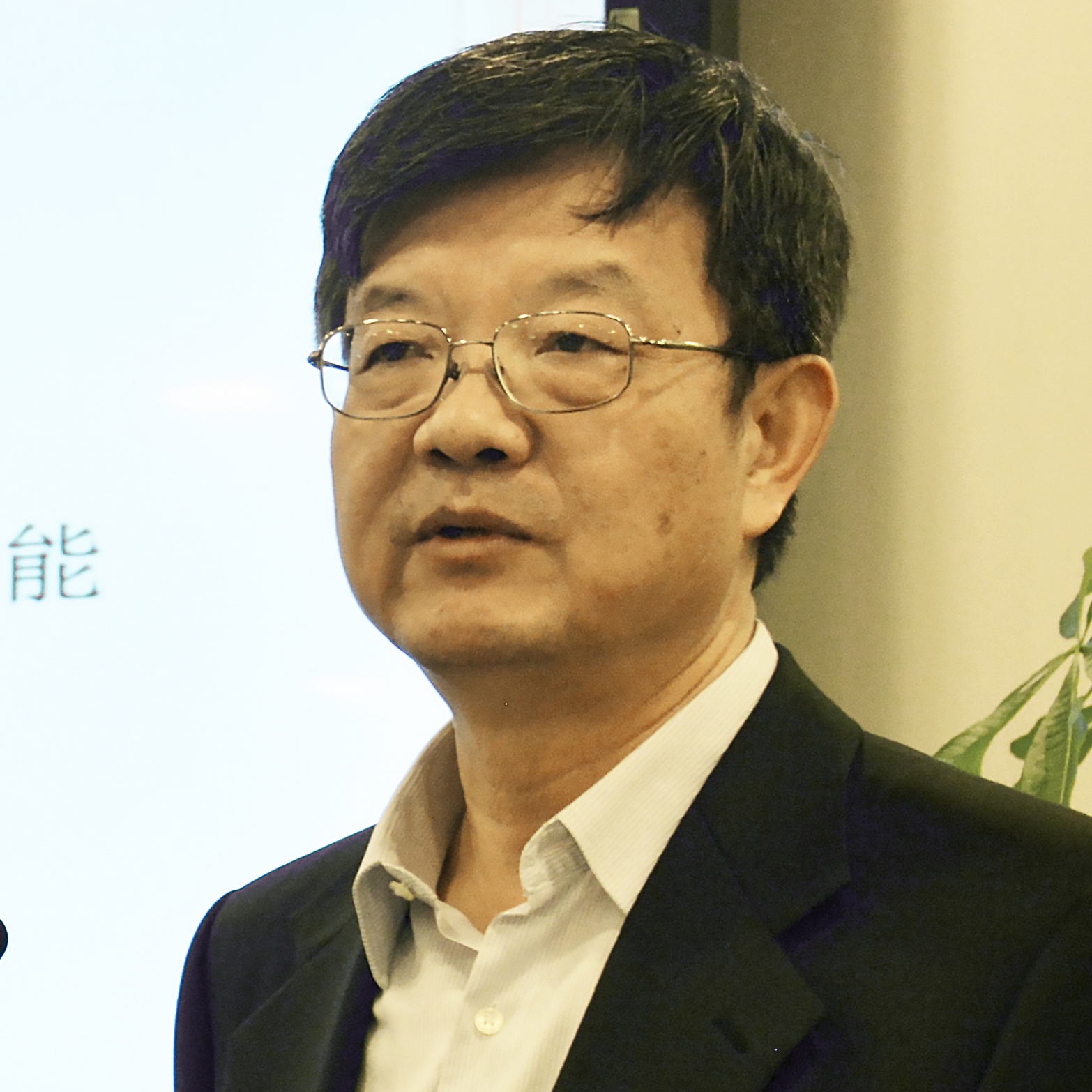


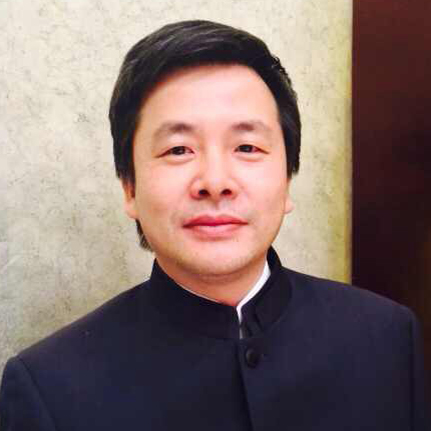
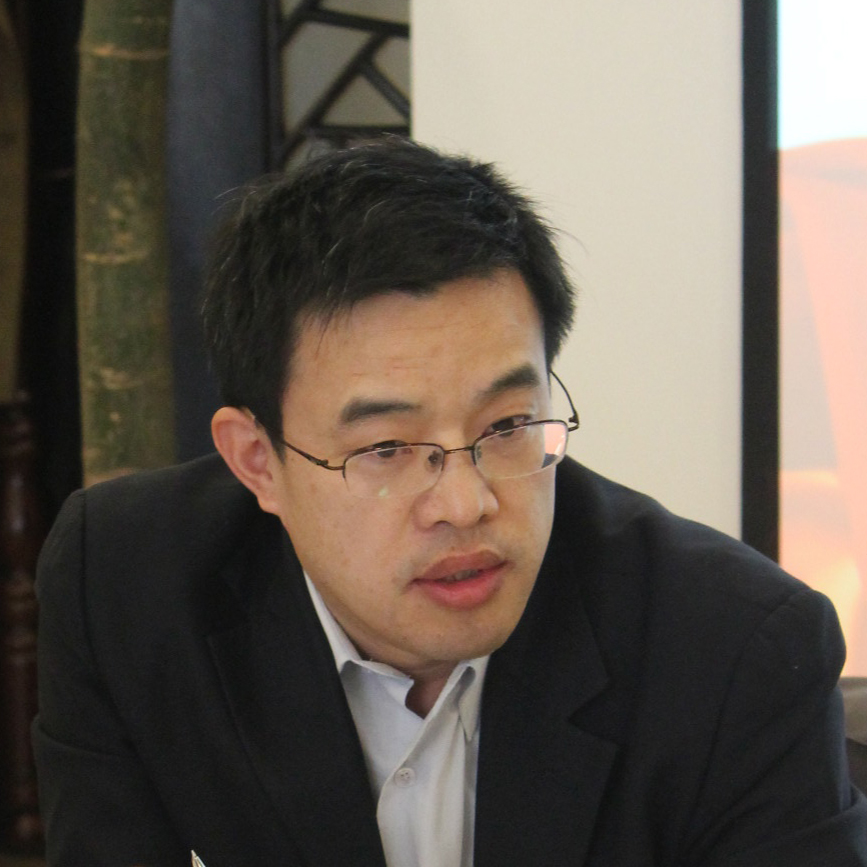
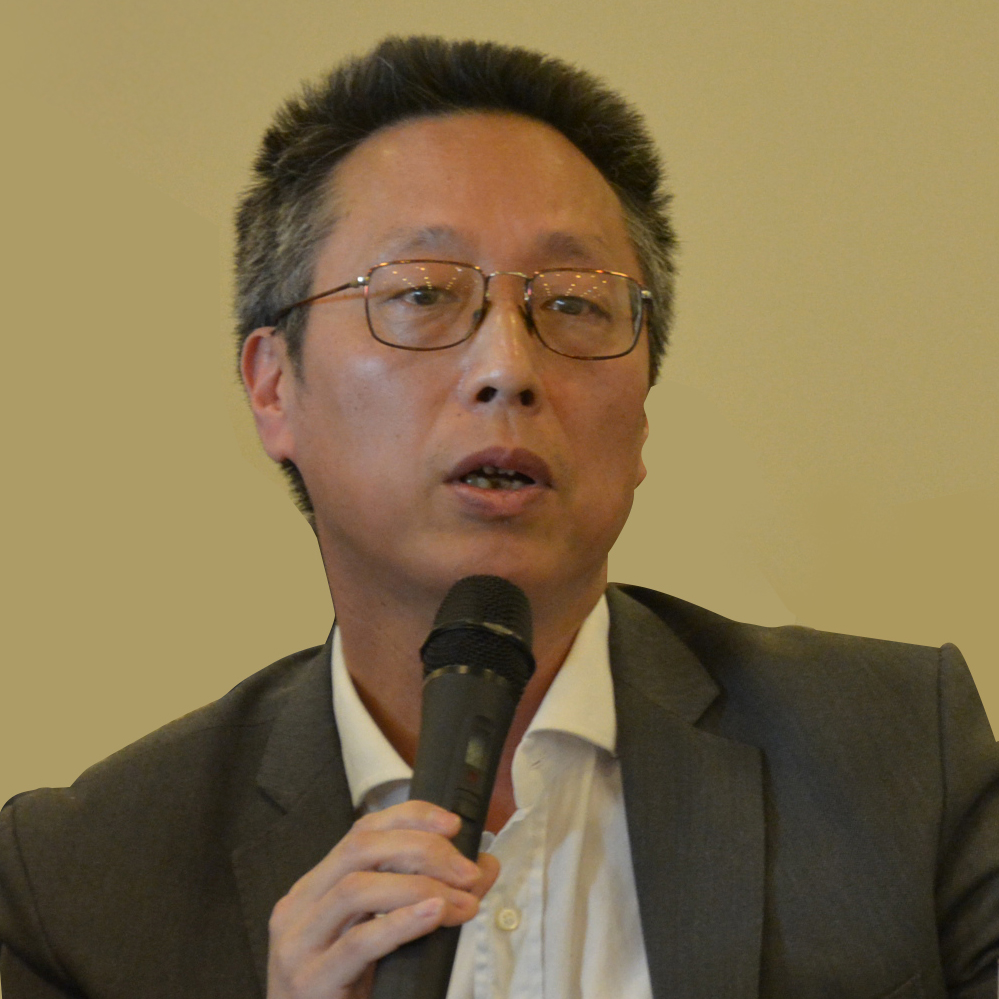
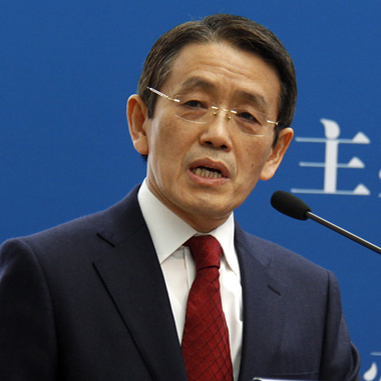

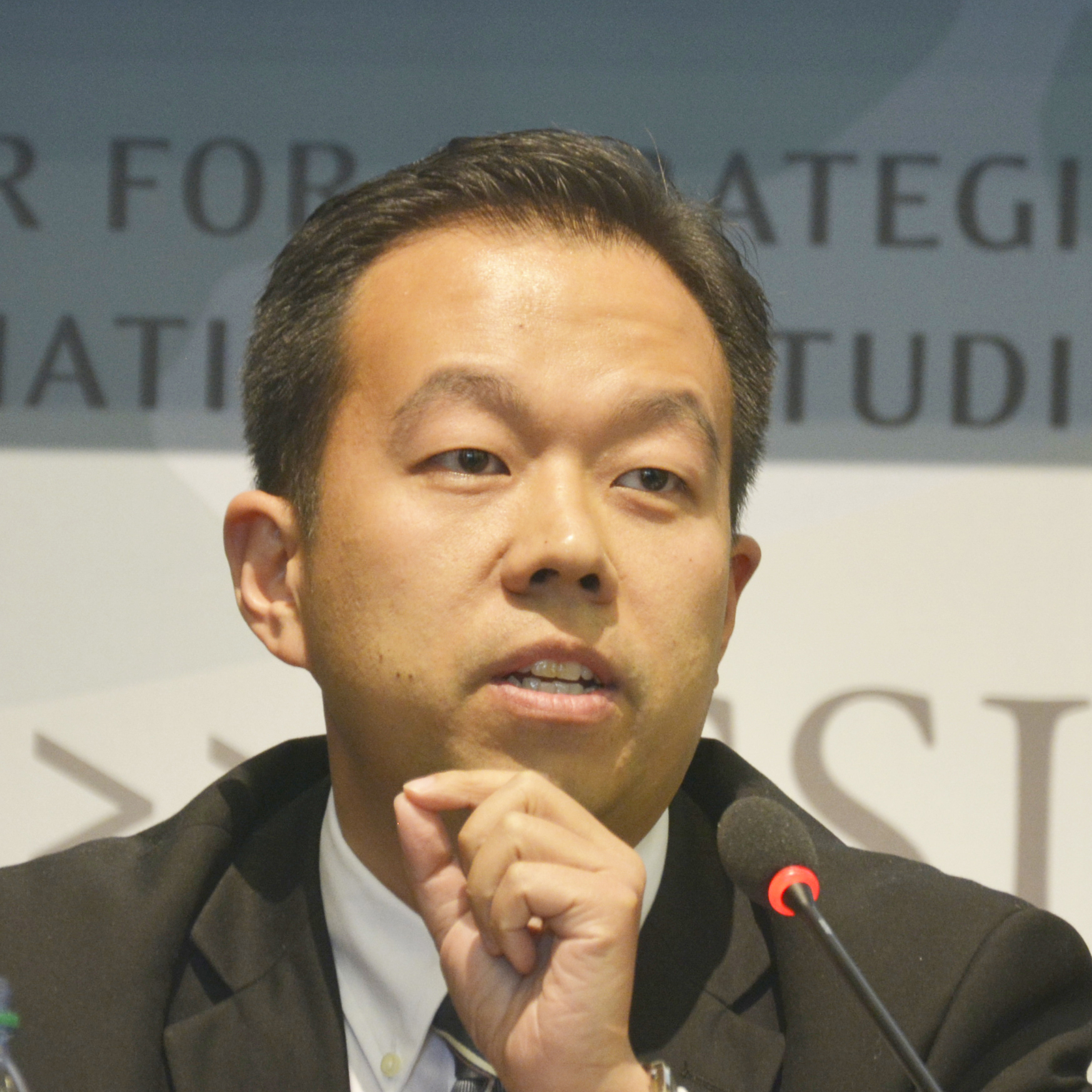

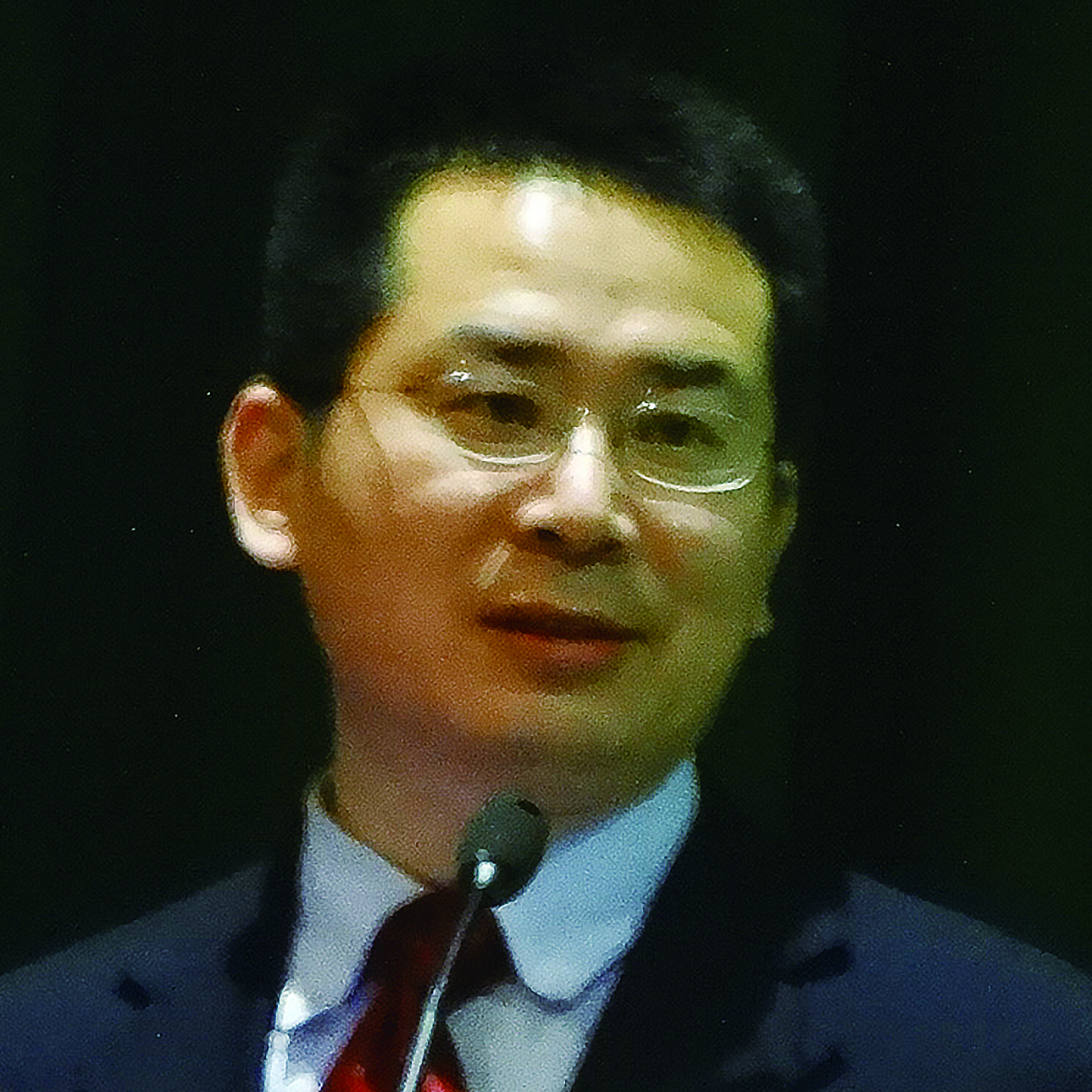








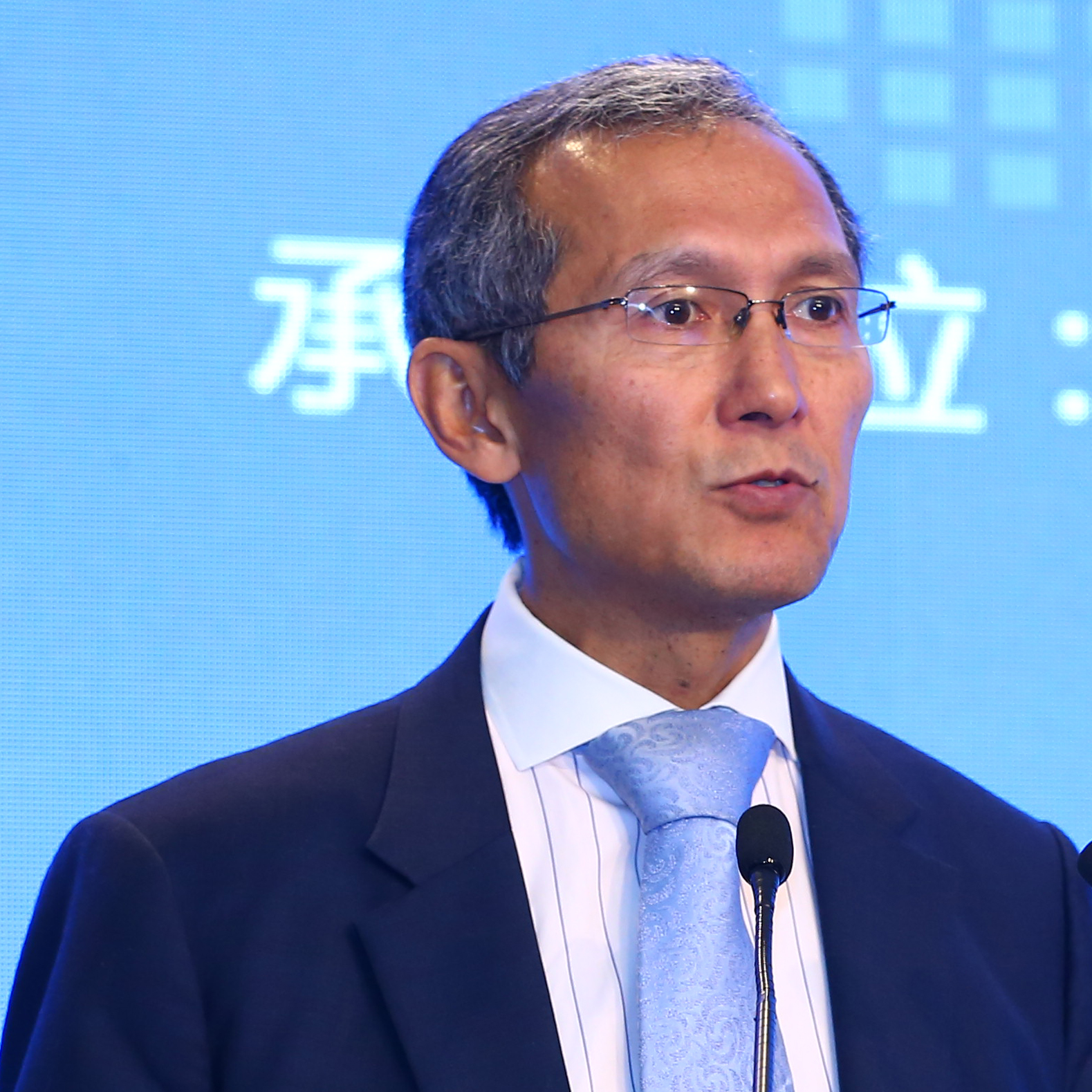


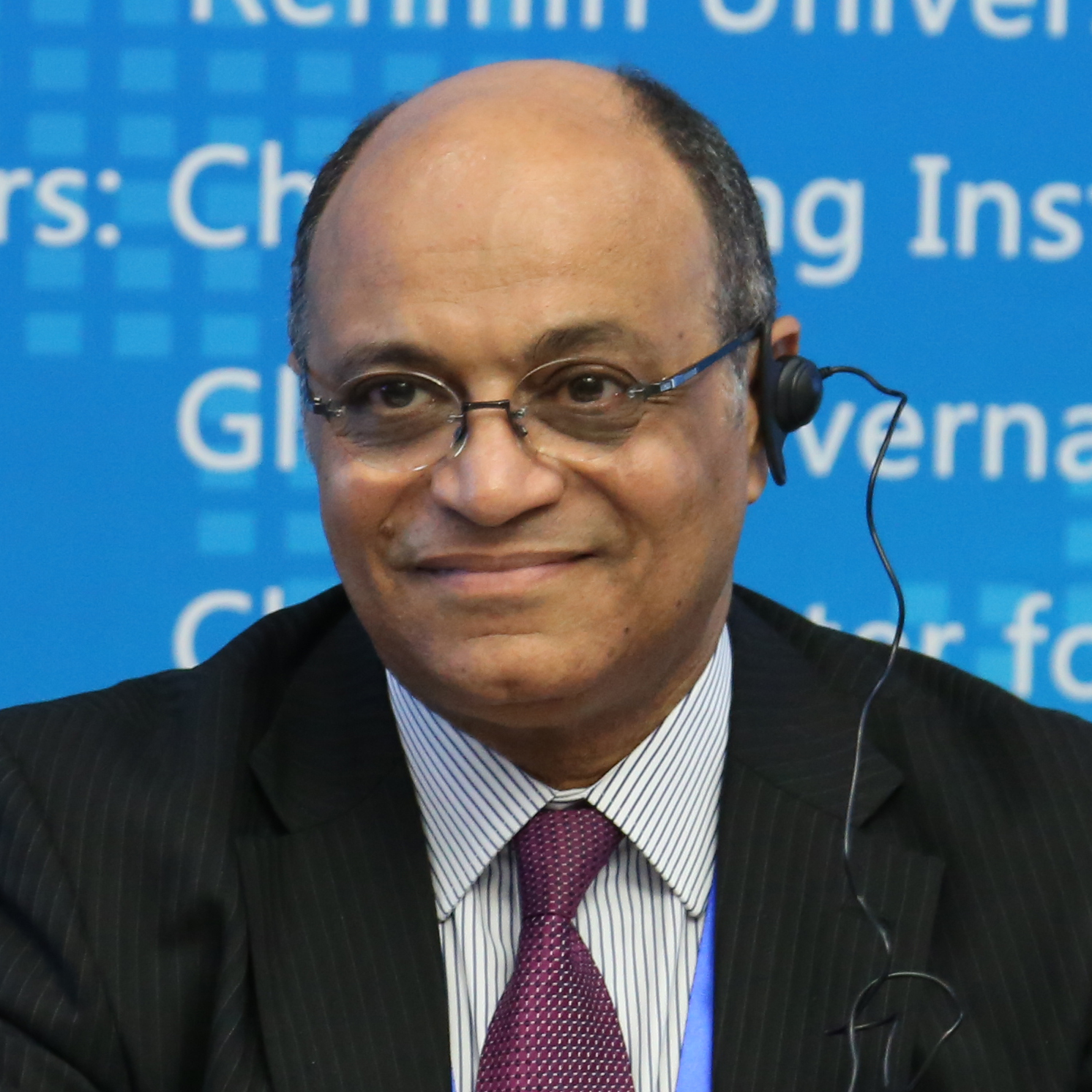












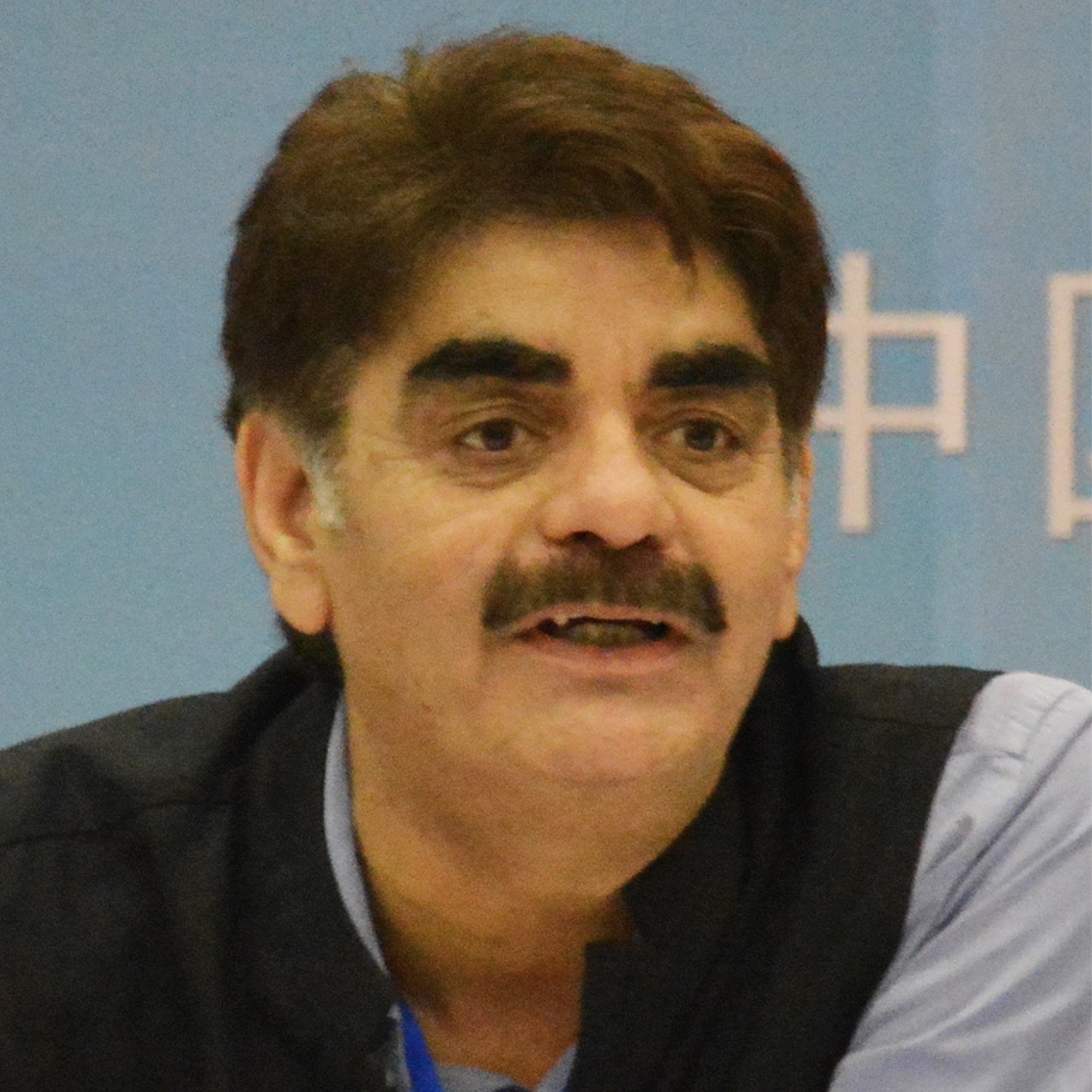

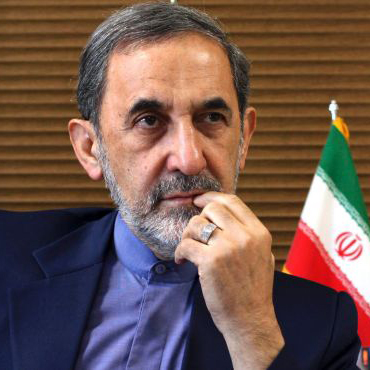




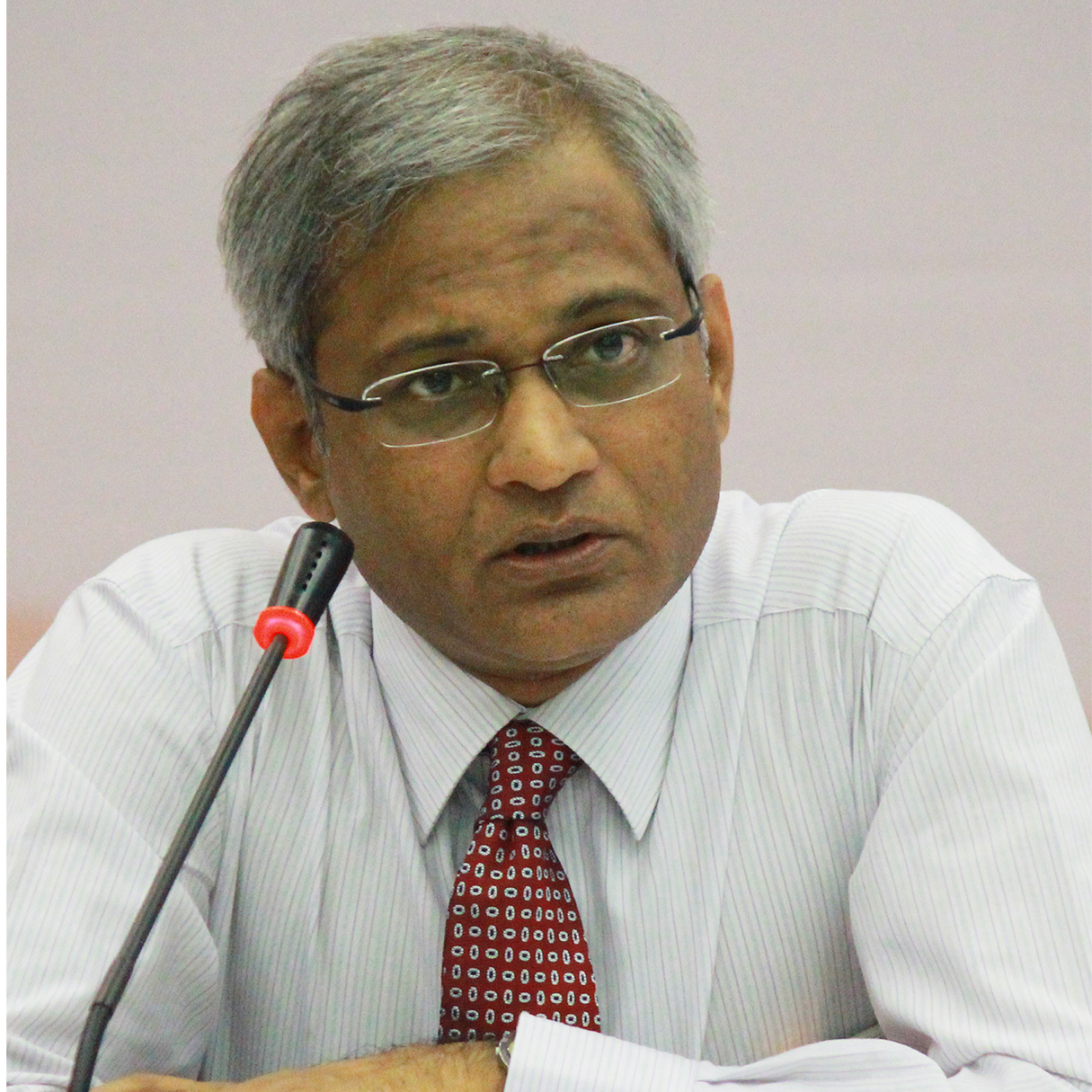
















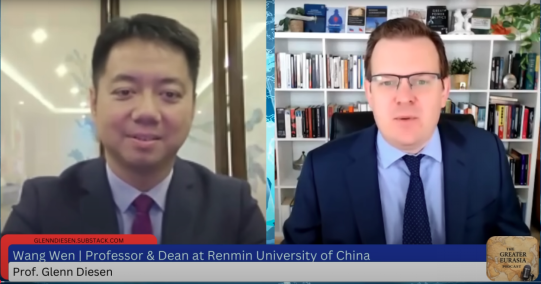
 京公网安备 11010802037854号
京公网安备 11010802037854号





